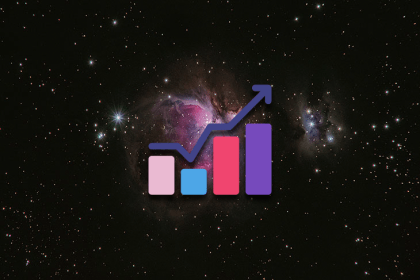
The servant leadership style espouses team empowerment, collaborative decision making, and supportive learning. Discover examples and common characteristics of servant leaders.

Often, the plethora of choices you must make generates decision fatigue, clouding objectivity and escalating subjectivity. A decision matrix helps distill choices down to their core attributes, offering a simplified, objective perspective for comparison.

Customer analytics refers to the process of collecting data from various customer sources and analyzing it to understand customers’ behaviors, buying habits, and lifestyle preferences throughout the customer journey.

Digital products are everywhere, and managing them is no easy feat. Learn the ins and outs of digital product management, from skills to tools to challenges, in this high-level guide.

Rapid application development (RAD) is an adaptive software development model based on feedback and prototyping.

In this article, we discuss what click-through rate is, how to calculate and measure its effectiveness, and strategies for improvement.

A product’s total addressable market is an important realization — that there’s room for scalability. It also defines the wider view and scope of the industry.

The purpose of a design concept is to help designers and developers visualize what the product should look like and, in doing so, drive additional value for customers.

The CIRCLES method helps product managers formulate complete and thoughtful responses to product design question.

In this guide, we’ll define what the conversion funnel is, outline its three main levels and four stages, and walk through steps to analyze the customer journey and optimize conversion.

North Star metrics make teams focus on a single goal and prevents them from unintentionally working against each other on different goals.

With the growing competition of ecommerce platforms, OTT channels, or B2C applications, activating and retaining customers revolves around how well customers are engaged.